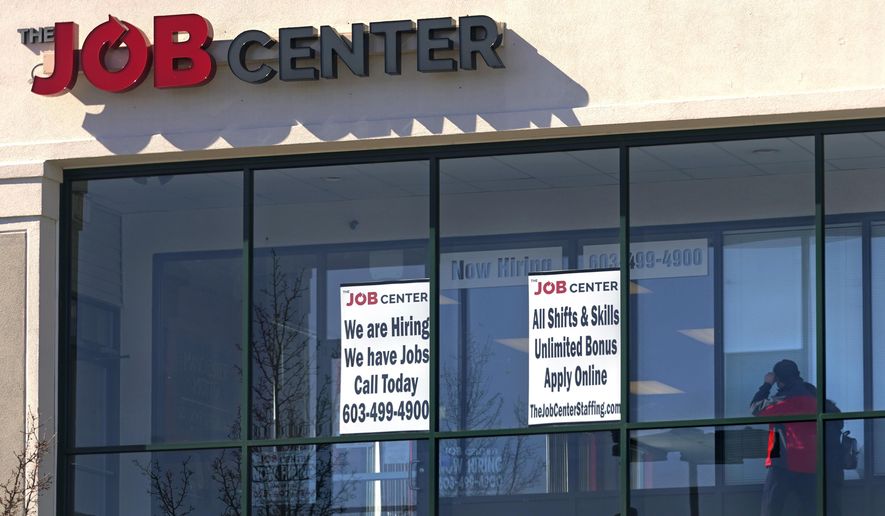WASHINGTON (AP) - A majority of business economists think the recovering economy will benefit from much more government spending despite concerns in financial markets that the $1.9 trillion COVID-19 relief measure Congress recently enacted could ignite inflation.
That’s the view that emerged from a survey released Monday by the National Association for Business Economics of 205 forecasters. The economists were polled while the new relief measure was under consideration in Congress but before it was signed into law.
The relief package, proposed by President Joe Biden and backed only by Democrats in Congress, is distributing $1,400 checks to most adults, renewing federal aid for the unemployed and supplying another round of help to small businesses, among other things. But some economists and many Republicans have expressed concern that the size of the package could accelerate inflation and potentially force the Federal Reserve to raise interest rates prematurely.
Yet among the business economists surveyed by the NABE, 41 percent describe the government’s current fiscal policy, including such spending, as “about right,” and an additional 25% call it too restrictive. Only 34% characterize the current fiscal policy as too stimulative for the economy, though that figure is up sharply from the 17% who said so in August, when the NABE conducted its previous survey.
Last week, the Fed issued forecasts from its policymakers that showed they expect to keep their benchmark short-term rate near zero through 2023. But the NABE survey found that the vast majority of the respondents believe the Fed’s first rate hike will come earlier, with nearly three in five predicting that the central bank will start raising rates before the end of 2022.
The survey found that 12% of respondents think the Fed will even start hiking rates this year; 46% believe it will start in 2022. An additional 28% of the economists said they think the first Fed rate increases will occur before the end of 2023.
Only 12% of the NABE economists who responded to the survey felt the Fed would stick with its forecast that it will keep its key rate near zero through at least 2023 to provide continued support to the economy.
At a news conference last week after the Fed’s latest policy meeting, Chair Jerome Powell stressed that the central bank wants to see substantial improvement in the job market and the economy. The Fed’s forecasts show it doesn’t expect the unemployment rate, now at 6.2%, to return to its pre-pandemic level of 3.5% until late 2023.
After the eruption of the pandemic flattened the economy last March, the Fed cut its benchmark short-term rate to a record-tying low near zero, where it had been pinned for seven years after the 2008 financial crisis.
At his news conference, Powell said the Fed expects to see a temporary jump in inflation this spring but thinks price increases will settle down once the economy has fully re-opened. The NABE economists express less confidence. A majority said they thought inflation risks are higher now than in the past two decades, when inflation remained persistently below the Fed’s 2% annual target.
Concerns have been rising about federal budget deficits, with the government running up a record $3.1 trillion deficit last year and future deficits projected to remain above $1 trillion. The NABE survey found that 64% of its forecasters favor enacting structural policies - spending on items like infrastructure or education - to stimulate growth, while 38% supported increased tax revenue and 37% favor spending restraint.




Please read our comment policy before commenting.